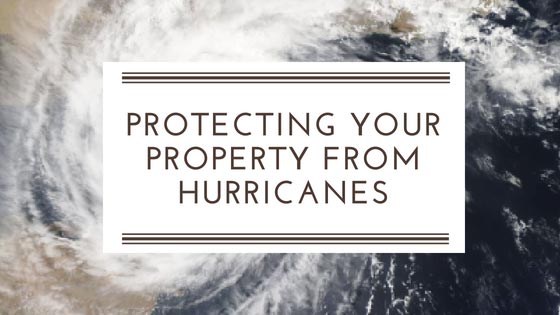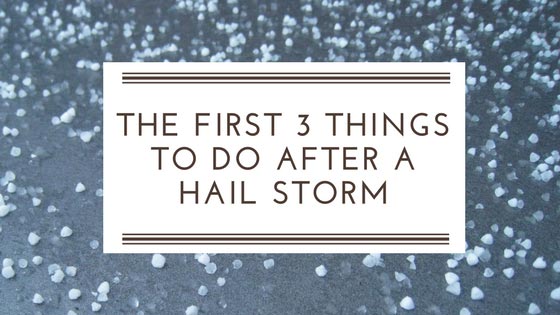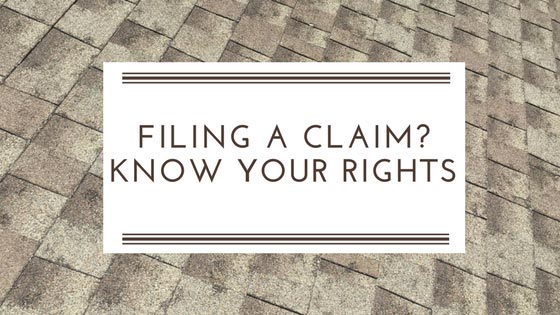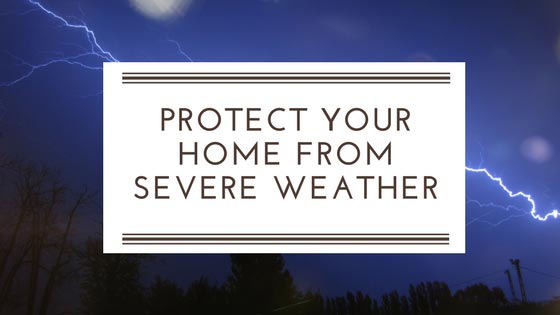While it may sound comforting that forecasters are predicting a 40 percent chance of a normal hurricane season, don’t relax too much. Experts from the National Oceanic and Atmospheric Administration (NOAA) say that we will likely see 10 – 16 named storms, 5 – 9 hurricanes and 1 – 4 major hurricanes.

We live in a part of the state that doesn’t sustain direct hits like the coastal areas do, but we can be affected by the tremendous amounts of rain and the high winds from storms that strike the Gulf coast, as we saw last year when Harvey made landfall and stalled. Hurricanes can also generate tornados. The National Weather Service reports tornadoes associated with Hurricane Allen, 1980, caused $100 million dollars in damages to the Austin, Texas area.
PropertyCasualty360, an insurance industry website provided the following tips to prepare your property for potential flooding:
- Review your property insurance policy, especially the “declarations” page, and check whether your policy pays replacement costs or actual cash value for a covered loss.
- Inventory your household items, and photograph or videotape them for further documentation. Keep this information and your insurance policies in a safe place.
- Keep the name, address and claims-reporting telephone number of your insurer and agent in a safe and easily accessible place.
- Protect your property by covering all windows with plywood or shutters, moving vehicles into the garage when possible and placing grills and patio furniture indoors.
- Keep all receipts for any repairs so your insurance company can reimburse you.
- Check with your insurance adjuster for referrals to professional restoration, cleaning and salvage companies if additional assistance is needed.
Lastly and most importantly is to do your research now, before the storm hits, to identify a trusted, licensed contractor now. Once a storm has moved through, time is of the essence in repairing damage to your home.
We’re ready to provide you with a free inspection and repair or replacement recommendations. Request your free inspection today.







